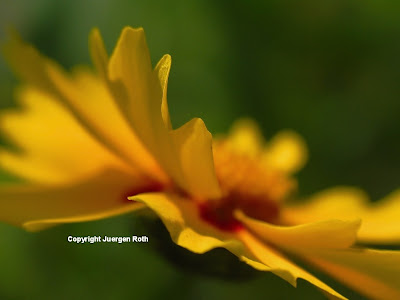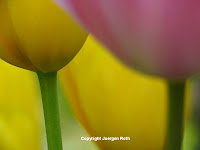
This week spring will be in full swing here in Boston. Temperatures will be soaring and it is that time of the year that I look so much forward to during the cold long New England winters. It is exciting and inspiring to come across the first snowdrops; crocuses bloom shortly thereafter in flashing yellow, purple and white. It is this beautiful reawakening of nature when I get ready for outdoor photography. In this blog post I compiled 15 spring flower photo tips that should inspire and help you capturing these precious spring and floral moments around your house, garden, parks and arboretums:
Photo Tip #1: Overcast sky is ideal for flower photography and provides the preferred soft lighting for exceptional flower photos.
Photo Tip #2: Make your way out early because wind is less problematic in the early hours of the day. Don't be discouraged by wind later in the day and keep shooting for interesting abstract compositions where some blossoms may be in blurred motion while others may be in focus.
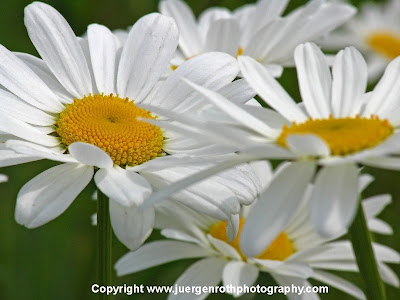
Photo Tip #3: Add more interest to your floral photography compositions by exploring your local botanical garden, park, or arboretum after rain showers or early in the morning when flowers are covered in raindrops or dew drops.
Photo Tip #4: Choose a low ISO settings like ISO25, 50, or 100 to capture maximum detail and minimize noise.
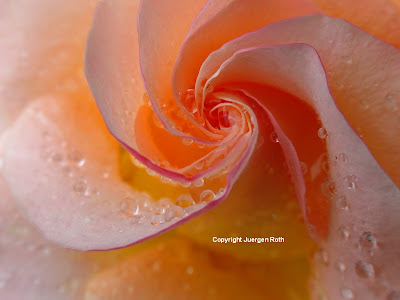
Photo Tip #5: Shoot with large apertures (small f-stop numbers like f/2.8, f/5.6, or f/8) for a shallow
Depth of Field and to simplify composition.
Photo Tip #6: Use a Polarizing Filter to minimize glare and saturate colors.
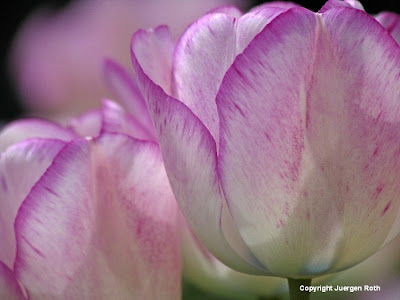
Photo Tip #7: Use a
Steady Tripod or fast shutter speeds to maximize image quality.
Photo Tip #8: Ensure you are close enough to obtain a frame-filling capture of the blossom.
Photo Tip #9: Shoot in manual mode and use the camera magnification feature to precisely focus on the floral distinctive point of visual interest, e.g. petal, stamen, pistil, insect on flower.
Photo Tip #10: Frame the main floral blossom with out-of-focus surrounding blossoms and flowers, thereby conveying a
3 Dimensional Feeling and pleasing composition.
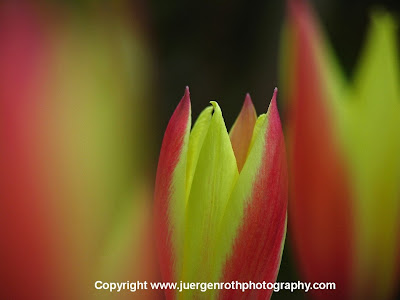
Photo Tip #11: Slow down and carefully compose your flower image to position the floral in its best possible way.
Photo Tip #12: Eliminate distracting elements in the background. Use your camera depth of field preview feature to ensure the background is blurred out and does not contain any distracting elements, consider a tighter composition, or re-frame the image.
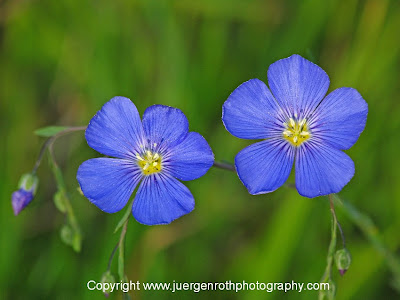
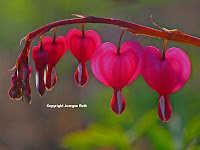
Photo Tip #13: Use white cardboard or reflectors to improve detail in shadowed and darker areas of the floral.
Photo Tip #14: Use the camera self timer, a cable release or remote release to trip the shutter. If not using live view use mirror lock up to
minimize camera shake and blurry pictures.
Photo Tip #15: Get creative and push the envelope by exploring
Abstract Compositions and different, unusual perspectives, e.g. low camera angles, get in real close with a macro lens, or use a very shallow depth of field.
